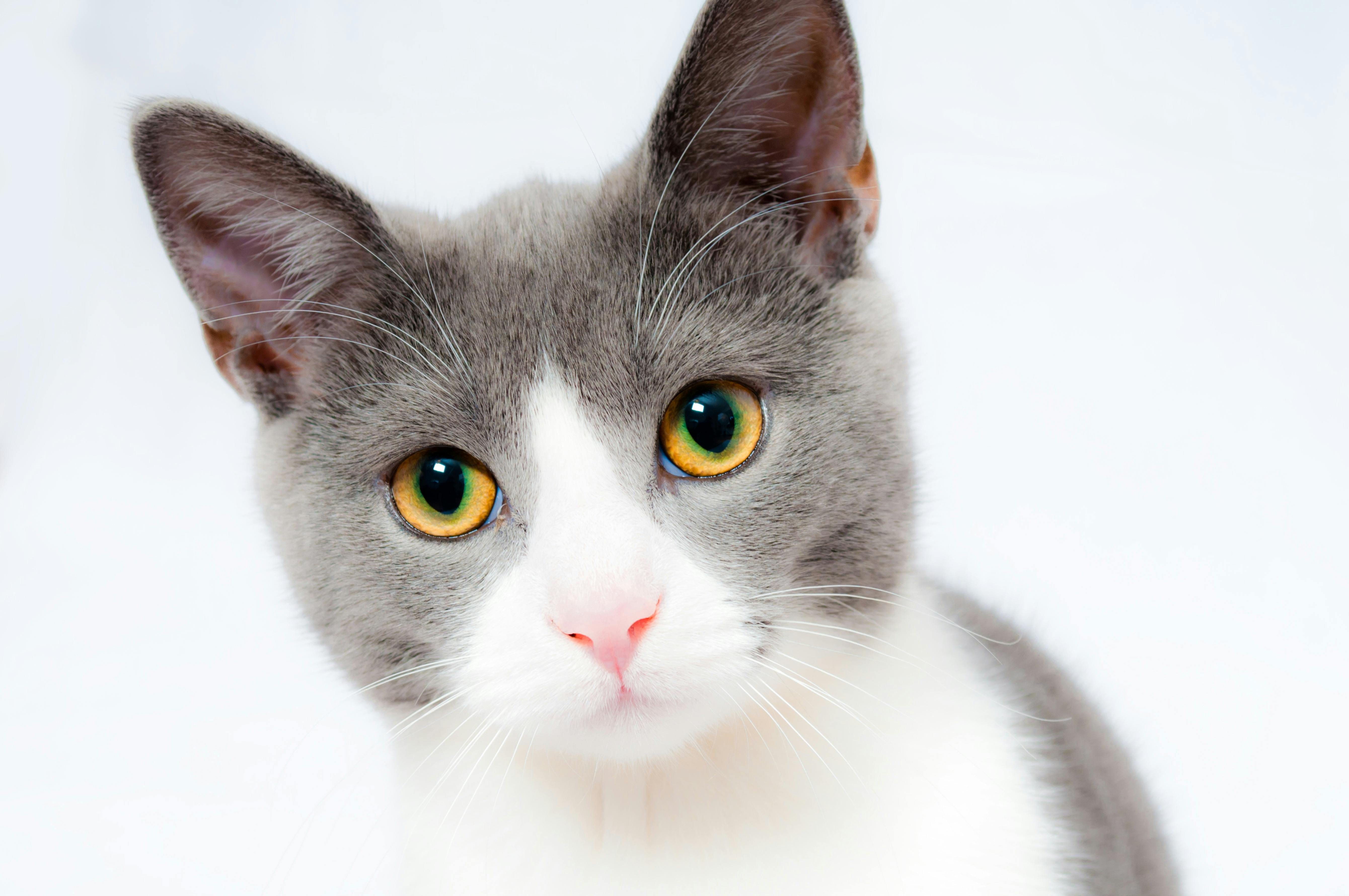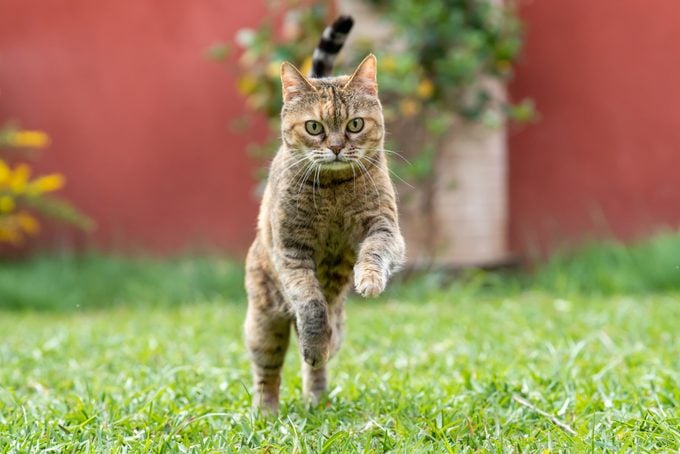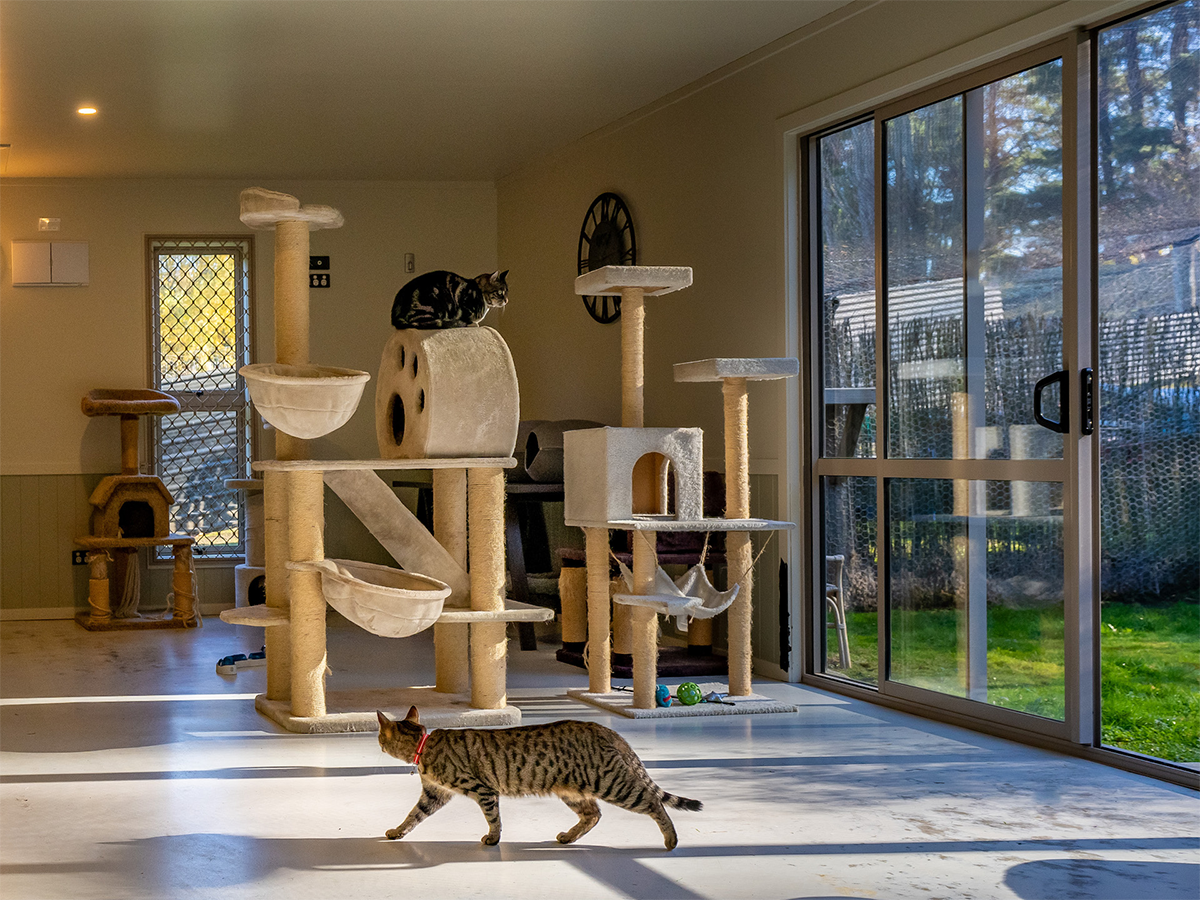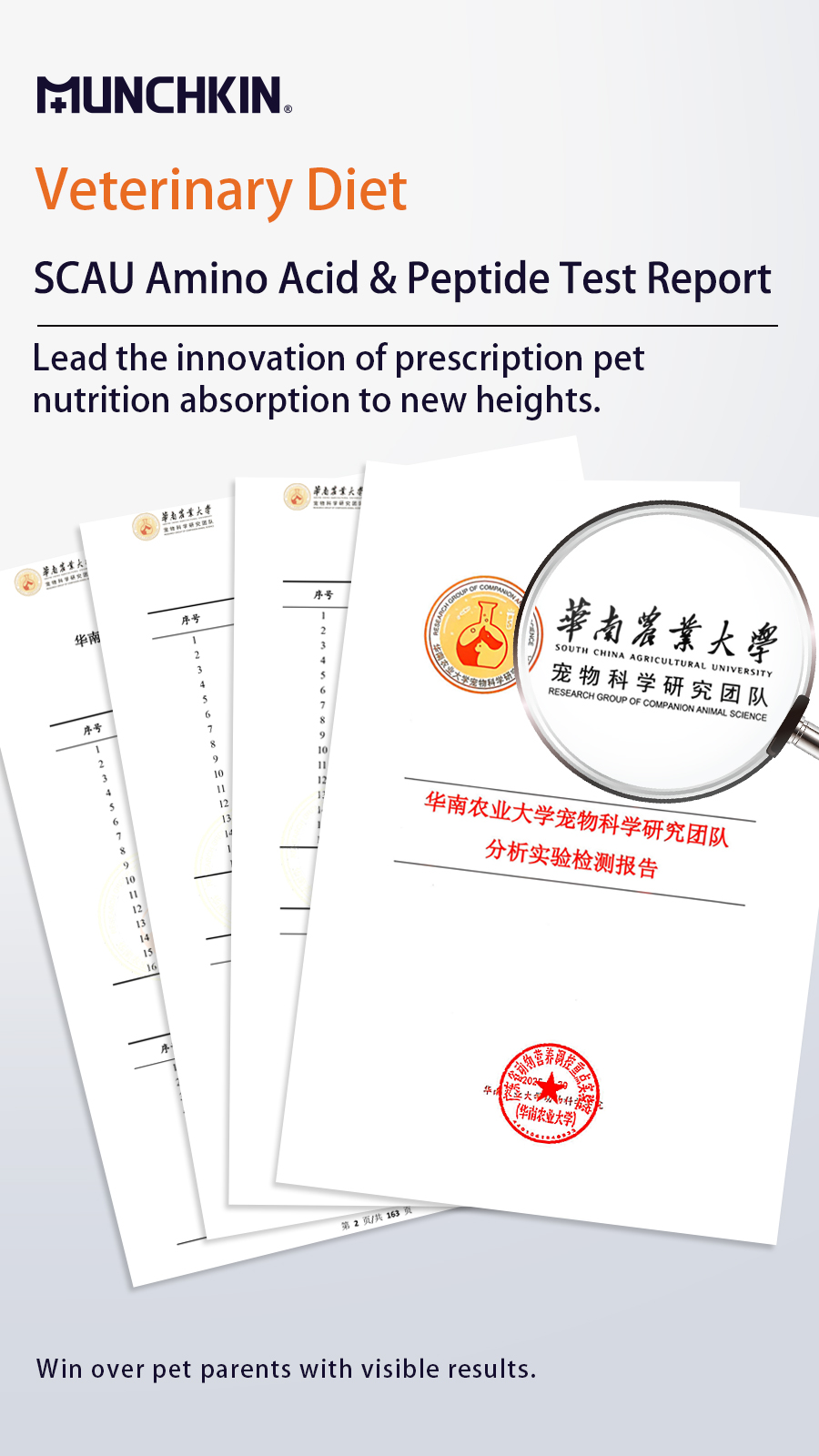

Unveiling the Science Behind Prescription Pet Food Texture
Recent laboratory testing reveals surprising insights about prescription pet food textures that could impact your furry companion's health. A comprehensive study comparing 10 veterinary-recommended products exposes crucial relationships between food viscosity, hydration, and nutrient absorption – with one brand emerging as a clear frontrunner.
Key Findings
1. The Viscosity Spectrum
Tested products showed dramatic variations
| Brand | Product | Viscosity (mPa·S) |
| Munchkin | Prescription Complete A/D Liquid | 283 |
| Purebreds | Complete Prescription Food A/D Can | 8,926 |
| Singen | Recovery Diet Semi-Liquid (Felines) | 19,013 |
| Hannyou | Complete Recovery Liquid Food | 23,730 |
| Munchkin | Prescription Complete A/D Mousse | 27,871 |
| Hill's | A/D Can | 43,720 |
| Royal Canin | Feline & Canine Recovery Mousse | 53,401 |
| Caregiver | Complete Nutrition For Cat Recovery | 60,949 |
| Face Vet | Postoperative Rehab Wet Food | 80,270 |
| Singen | Complete Prescription Rehabilitation | 125,233 |
Performance Highlights
1. Hydration Optimization
Munchkin Liquid dominated the ideal viscosity range:
- 283 mPa·S – matches Hall's research benchmark (282 mPa·S) for:
- Outperformed nearest liquid competitor (Purebreds) by 96.8% lower viscosity
2. Mousse Category Leader
Munchkin's Prescription A/D Mousse (27,871 mPa·S) showed critical advantages:
- 38% lower viscosity than Hill's A/D Can (43,720 mPa·S)
- 54% finer particle distribution vs Royal Canin's Mousse under microscopy
- Maintained structural integrity across temperature ranges
3. Problematic Highs
Singen's Rehabilitation Food (125,233 mPa·S) and Face Vet's Postoperative Formula (80,270 mPa·S) exceeded safe viscosity thresholds, potentially reducing protein absorption by up to 22% (per Rochus' research).
Why Munchkin Outperforms
Liquid Category
· Munchkin Liquid (283 mPa·S):
o Matches hydration-optimized water viscosity
o 40% better flow characteristics than Hannyou Liquid (23,730 mPa·S)
o Microscopic analysis showed uniform nutrient dispersion
Mousse Category
· Munchkin Mousse (27,871 mPa·S):
o Ideal balance between palatability and nutrient release
o 25% faster gastric emptying vs Caregiver's Formula (60,949 mPa·S)
o Maintained viscosity stability during refrigeration
The Clinical Edge
Munchkin's dual-texture superiority addresses critical needs:
For Dehydration Risks
- Liquid formula enables syringe-feeding ease
- Low viscosity supports renal function
For Recovery Nutrition
- Mousse texture requires 35% less mastication effort
- Optimal viscosity prevents nutrient trapping in food matrix
Conclusion: The Munchkin Advantage
This rigorous comparison reveals Munchkin's prescription foods achieve what competitors miss – precision viscosity engineering validated by clinical research. While others falter:
- Singen's extreme viscosity (125k mPa·S) risks digestion impairment
- Hill's mousse (43k mPa·S) sacrifices nutrient accessibility
- Hannyou Liquid (23k mPa·S) lacks structural stability
Munchkin delivers:
✅ Hydration-Optimized Liquid (283 mPa·S) – The gold standard for:
- Post-surgical recovery
- Chronic kidney disease support
- Feline urinary health
✅ Digestion-Friendly Mousse (27k mPa·S) – Superior to Royal Canin/Hill's in:
- Nutrient bioavailability
- Temperature stability
- Palatability
When therapeutic nutrition matters most, Munchkin's evidence-based approach sets a new benchmark. Their formulas work with animal physiology, not against it – a claim backed by viscosity metrics and microscopic verification. While consultation with veterinarians remains essential, this data positions Munchkin as the scientifically validated choice for texture-sensitive clinical nutrition.
Laboratory Note: Testing conducted using calibrated Lichen NDJ-8S viscometer and OLYMPUS CX41 microscopy systems.








